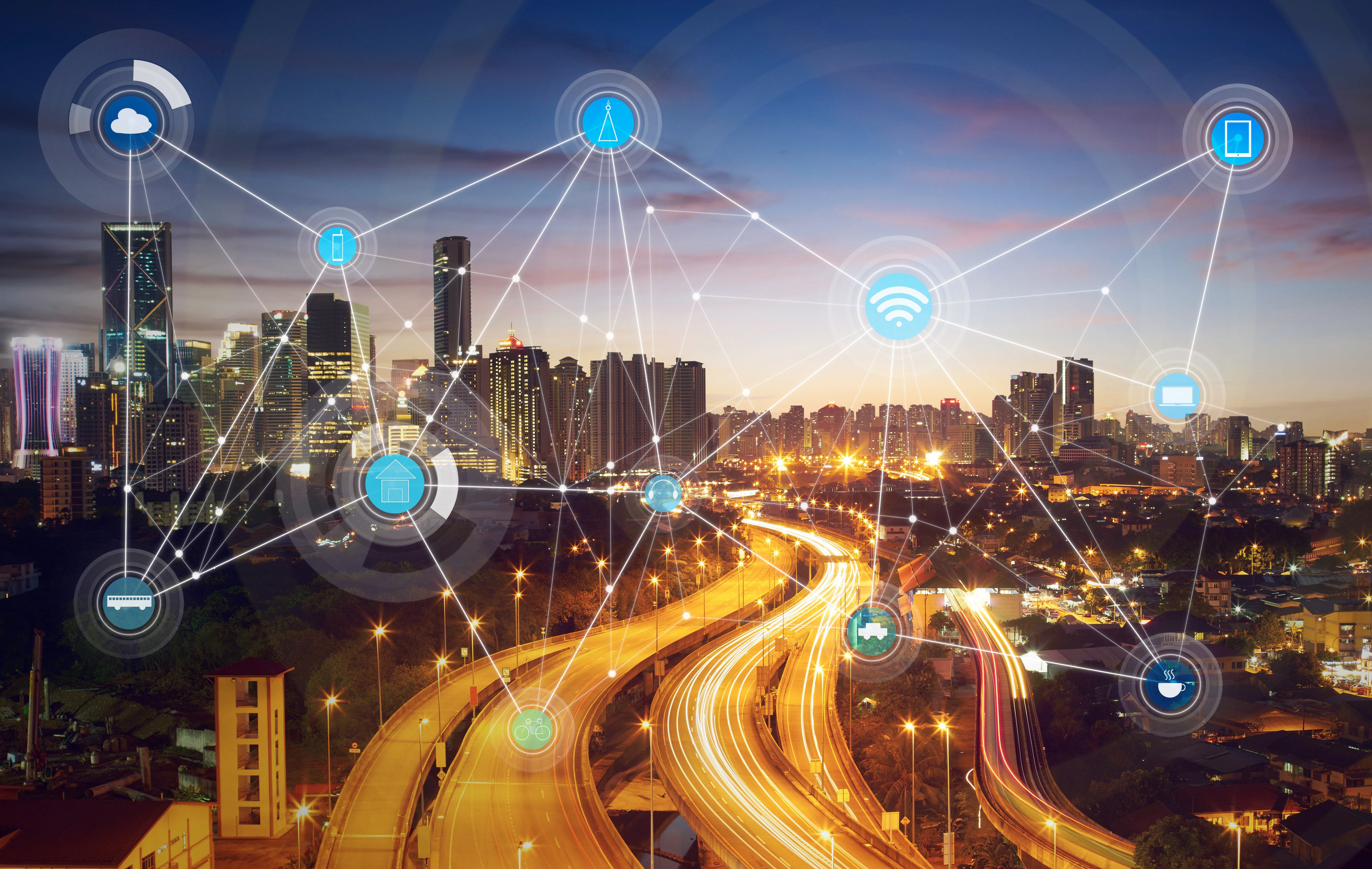Imagine bustling city streets pulsing with intelligent life. Traffic lights anticipating your commute, waste bins magically disappearing when full, and buildings whispering energy-efficient secrets to the grid. This is the vision of smart cities - urban landscapes woven with technology, aiming to improve every aspect of urban living.

Transforming Urban Landscapes: The Pillars of a Smart City
But what exactly makes a city "smart"? Smart cities go beyond fancy gadgets and flashy tech. They're built on a foundation of interconnected systems, data-driven insights, and a commitment to sustainability and citizen well-being. Here are some key pillars:
-
Intelligent Infrastructure: Imagine roads sensing potholes before they appear, public transport adapting to real-time demand, and smart grids optimizing energy distribution. This is where sensors, data analytics, and AI step in, transforming infrastructure into a responsive, dynamic network.
-
Connected Communities: Smart cities bridge the digital divide, providing equitable access to high-speed internet and innovative platforms like e-governance and telehealth. This fosters citizen engagement, empowers communities, and improves access to essential services.
-
Environmental Stewardship: From building green spaces and promoting renewable energy to optimizing waste management and tackling pollution, smart cities prioritize environmental sustainability. This ensures a healthier environment for present and future generations.
-
Economic Vitality: Smart cities foster innovation and entrepreneurship by attracting tech companies, investing in education and workforce development, and streamlining business processes. This creates jobs, boosts economic growth, and unlocks local potential.
Beyond the Hype: Challenges and Opportunities
While the promise of smart cities is undeniable, challenges remain. Data privacy concerns, ethical considerations around AI use, and ensuring equitable access to technology are crucial issues to address. Additionally, navigating complex partnerships between governments, businesses, and citizens requires careful planning and transparent communication.
However, the opportunities outweigh the challenges. Smart cities have the potential to:
- Reduce traffic congestion and improve air quality.
- Optimize energy consumption and promote renewable energy sources.
- Enhance public safety and emergency response.
- Make city services more efficient and accessible.
- Create new jobs and boost economic growth.
From Vision to Reality: Shaping the Future of Cities
Building a smart city is not a one-size-fits-all endeavor. Each city has its unique needs and priorities. The key lies in a collaborative approach, engaging citizens, harnessing local expertise, and adapting solutions to the specific context. By fostering innovation, embracing open data, and prioritizing inclusivity, cities can harness the power of technology to create vibrant, sustainable, and livable spaces for all.
The future of cities is not etched in stone. It is being shaped by the choices we make today. By embracing the potential of smart technologies and prioritizing the well-being of our communities, we can build urban landscapes that truly enhance the lives of their citizens. Let's weave a future where technology and humanity intertwine, creating cities that are not just smart, but also vibrant, inclusive, and truly human.

Ola Jader



-Apr-25-2024-09-43-35-5584-AM.png?width=80&height=80&name=Untitled%20design%20(77)-Apr-25-2024-09-43-35-5584-AM.png)
